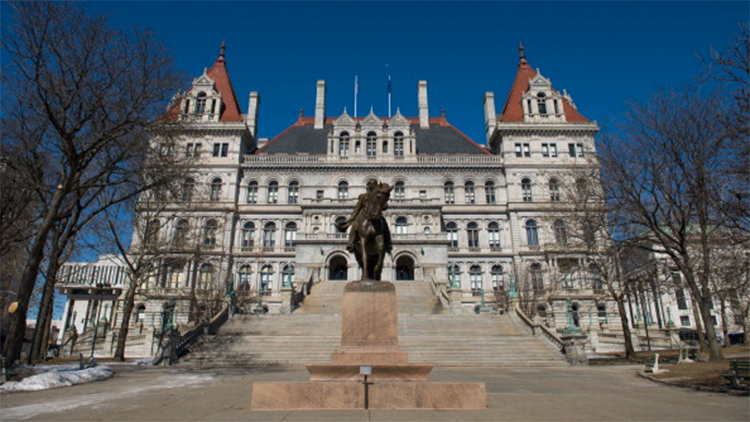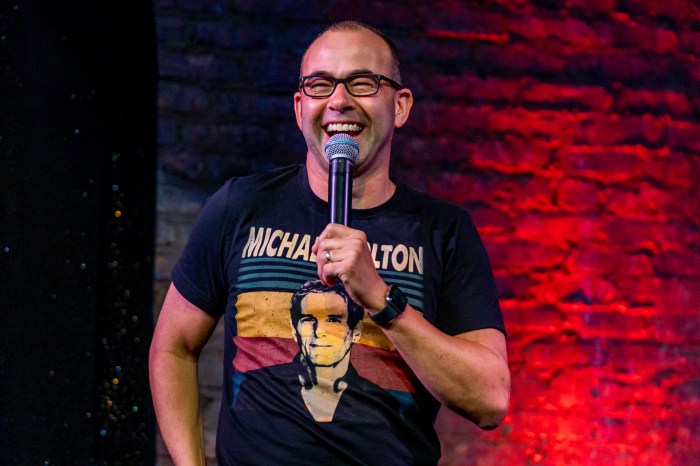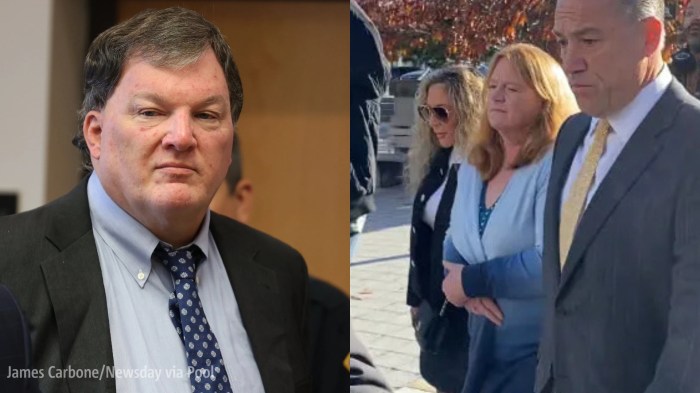Every 20 years, New Yorkers get the chance to decide whether they want a constitutional convention to overhaul or amend the state’s governing document, which was adopted in 1894 and has not been significantly tweaked since 1938.
Voters have not thought too much of the idea for the past 50 years, when the last convention offered up a handful of amendments that voters then handily rejected at the polls.
But things might be different when the measure appears on the ballot this November. Albany’s repeated corruption scandals have stirred up the good-government crowd, and dozens of special interest groups have come to believe that sidestepping the Legislature is the only way their measures will ever be considered.
A growing group of federalists have even bigger ambitions: Empowering the state to create its own clean air and labor regulations, even as federal protections wilt in Washington.
Poll position
The process starts this Nov. 7, when voters will be asked to approve or reject the convention. If it’s greenlighted, voters would next year choose 204 delegates, or three people from each of the state’s 63 state senate districts plus 15 statewide seats.
They would convene the convention in the spring of 2019, establish rules and then get about revising the state’s governing document, which currently runs 50,000 words, or seven times longer than the U.S. Constitution. The amended articles would then be put before voters at the next general election.
Groups interested in campaign finance reform, legalizing marijuana and generally fixing Albany are proponents, loosely collected under the umbrella of the Committee for a Constitutional Convention. It includes many of New York’s bar associations – although not the Nassau County bar group – and reform-minded-civic groups like Common Cause and Citizens Union.
The fix is not in
“Our state government is broken,” declared Dick Dadey, executive director of Citizens Union, which is based in New York City. “What have our state legislators done to combat money in politics? They have proven themselves incapable of making the kind of progress that is necessary to restore voters’ trust in our government and faith in how our democracy functions.”
The CCC had raised $67,000 as of this writing, mostly from individual donors.
Opponents of the convention include such unlikely bedfellows as the trade unions, Planned Parenthood, the New York Rifle and Pistol Association (an NRA affiliate), the Conservative Party, Environmental Advocates and even the Long Island Progressive Coalition.
“This is a diverse coalition of groups that, frankly, have never worked together,” said Carl Korn, a spokesman for New York State United Teachers, a federation of more than 1,200 local unions. “I don’t know the last time the AFL-CIO and the Conservative Party were part of the same coalition.”
Operating as New Yorkers Against Corruption, the coalition has raised at least $635,000, including $50,000 from the teachers’ union and $250,000 from a healthcare union, according to New York Public Interest Group.
Senate Majority Leader John Flanagan (R-Smithtown) and Assembly Speaker Carl Heastie (D-Bronx), two of the “three men in a room” that run state politics, also oppose the convention.
A bargain
Gerald Benjamin, a distinguished professor of political science at SUNY New Paltz and a member of the Committee for a Constitutional Convention, estimates that the convention will cost taxpayers about $70 million – a bargain, from his point of view.
“We have a judicial system that doesn’t provide justice. We have a Legislature that’s embedded with corruption. We have an executive [branch] that’s aggrandizing itself and its powers. We have a system of elections that is managed in a partisan manner and has produced among the lowest turnouts in the country,” the professor said. “So the constitution is not working and the people should say, ‘Hey, we want to take a look at this.’”
However, for Dan Levler, president of the 6,000-member Suffolk County Association of Municipal Employees, holding a constitutional convention is like “opening a can of worms.” He’s worried that his union workers’ pensions and collective bargaining rights could be put at risk, a theme frequently put forward by organized labor.
“Generally speaking, the people who end up making these changes are the ones who wrote the rules in the first place,” he asserted.
A Siena College Poll released Sept. 5 reported that 45 percent of registered voters who were aware of the convention favored the idea, 33 percent did not and 22 percent were undecided.
Again, those were voters who were aware of the debate. Almost 60 percent of those contacted by poll said they were not.































